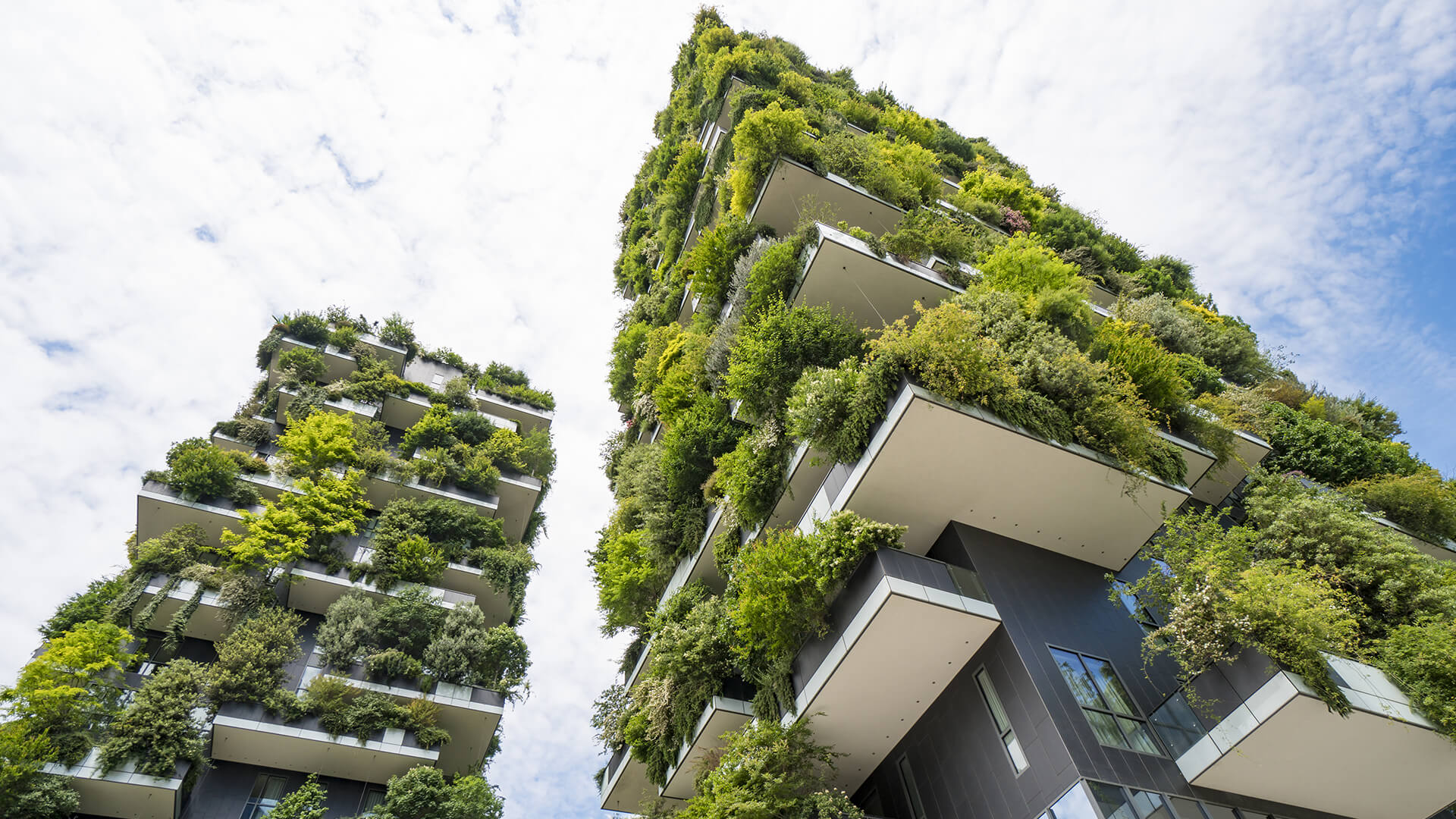Sustainability is the future. People around the world want to do their part to preserve Earth as water levels rise along with global temperatures. These desires extend to the construction industry. This sector has earned a reputation for being slow to change, but those notions are wearing away. Contractors are making significant efforts to meet client needs and appeal to real estate investors — which often means going green.
Eco-friendly building is far from a fad. It’s here to stay, and it’s likely to overtake current unsustainable building techniques. The widespread acceptance of environment-first construction could spell the difference between a depleted world and a thriving one.
A Growing Need for Green Infrastructure
Sustainable construction developed as a response to ecologically damaging practices. Humans are responsible for much of the global warming occurring today, whether it’s deforestation or overfishing. People are realizing the impact of their actions and are attempting to offset the losses through every means possible. Agriculture, fashion and food are only a few industries that have enacted significant changes to lessen their environmental impacts.
Construction has been a part of the environmentalist movement for years, but exciting new inventions are springing up with increased frequency. Consumers want green infrastructure in their homes, shopping marts and office buildings. They want places with clean air and little-to-no carbon emissions. The Center for Climate Change and Energy Solutions stated that rising populations spur the completion of 1.4 million homes per year.
These new homeowners don’t want houses of the past with galvanized piping and asbestos-filled insulation. They seek sustainable solutions that conserve natural resources and give back to the environment. Building techniques contribute to rising greenhouse gas emissions in both positive and negative ways. With 1.4 million houses built each year, companies could reduce their pollution and slow global warming by embracing greener practices.
Sustainable Construction Techniques
The range of green building knows no bounds. From the Internet of Things, to transparent glass made from wood, contractors have a world of options. One of them is vegetation-based roofing. Green roofs are often an aesthetic choice as much as a sustainable one. Greenery makes people feel welcome and relaxed in the buildings they work or live in. The appearance of plants and flowers raises a structure’s curb appeal. This vegetation can also lower indoor temperatures and provide insulation, which reduces power bills.
People are using solar energy to run their electricity grids alongside coal-based power. These hybrid systems consist of both renewable and fossil fuel sources. Joining a grid system is a smart move for homeowners who can’t fully convert to renewable energy. Solar thermal technologies, such as transpired air collectors, allow landowners to heat and ventilate their spaces by using sunlight. A lessened need to rely on expensive HVAC systems allows for cheaper electricity costs and longer-lasting units.
The modular building technique allows contractors to create a structure off-site and later transport it to the end location. They take less time and use fewer materials to complete a project, yet end with the same high-quality results. Once the building reaches the end of its use, the company can disassemble it and use it for another assignment. In addition, builders work at higher efficiencies because they don’t have to contend with weather delays or other mishaps.
Green Building in the Future
Building techniques you could scarcely imagine will spread in popularity as sustainability becomes a necessity for new structures. Walls that self-regulate indoor temperatures, buildings made from living trees and bioluminescent lighting solutions are fast approaching on the horizon.
Successful designs incorporate the entirety of the building rather than one or two parts. Construction must be holistically green to be sustainable, from the air ventilation systems to the flooring. Companies can seek green certification for their future projects by learning the criteria of authoritative organizations, such as LEED and Green Globes.
Earning a certification proves you’ve followed specific guidelines to ensure your building’s sustainable label. However, it’s no surprise if the criteria changes as the urgency around global warming grows higher. Even the tried-and-true standards must evolve to meet the planet’s ever-transforming needs. As long as companies are willing to work with environmentalists on new strategies, sustainable building techniques will constitute the future of construction.
Going Green for Efficient Construction
Green construction offers numerous benefits, from financial gains to improvements in physical health. This sector of the construction industry has long served as a solution to resource-intensive building methods, though it’s taken time for it to spread to mass consumption. It will continue growing and displaying its benefits to individuals and ecosystems worldwide.































